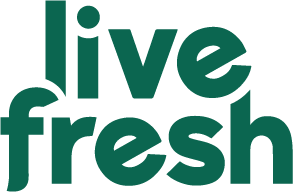Das somatische Nervensystem, ein Teil des menschlichen Nervensystems, beeinflusst unsere bewusste Wahrnehmung und Bewegungsfähigkeit. Es besteht aus Nerven, die Informationen zwischen Gehirn, Rückenmark und peripheren Geweben, insbesondere Skelettmuskeln, übertragen. Im Gegensatz zum autonomen oder vegetativen Nervensystem, das in unserer Biologie die unbewussten Körperfunktionen reguliert, steuert das somatische Nervensystem hauptsächlich unsere bewussten Handlungen und Wahrnehmungen.
Dieses System ermöglicht es uns, auf unsere Umwelt zu reagieren, sensorische Reize wahrzunehmen und komplexe Bewegungen auszuführen. Es spielt eine Schlüsselrolle in unserer Fähigkeit zur Interaktion mit der Welt. In diesem Artikel werden wir die Struktur und Funktion des somatischen Nervensystems im Detail untersuchen.






